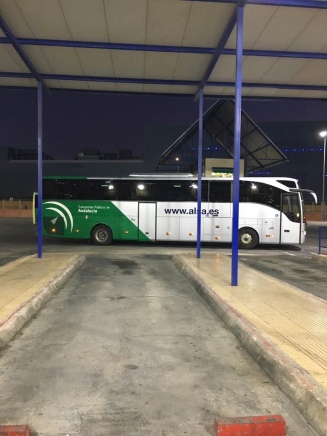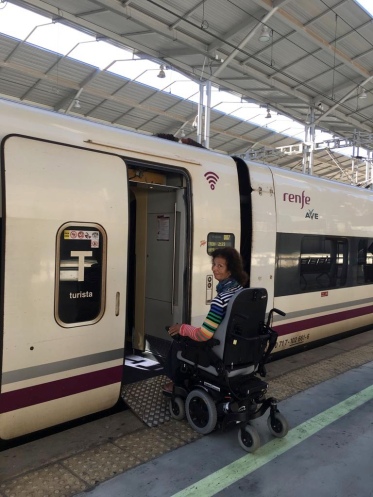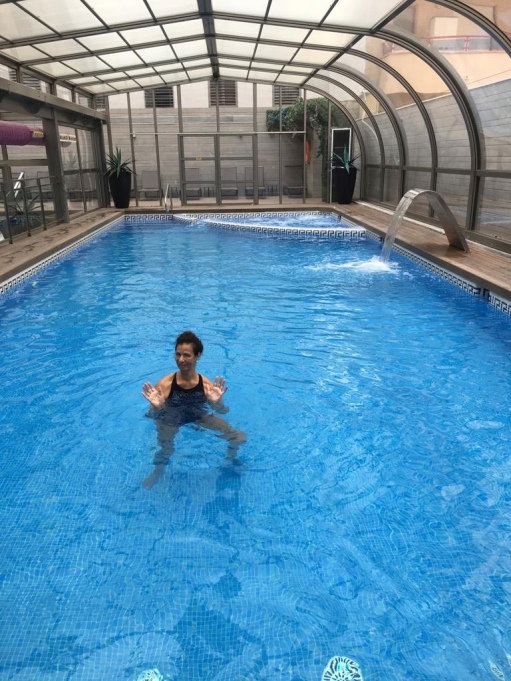It has been almost a year since I received my smart new Ottobock wheelchair after a number of months of dodgy operations with my old Salsa M. I thought that was it, all travel troubles over, and if not quite a wheelchair bounce in my life, at least I could look forward to plain sailing in my personal propulsion unit on pavements beckoning with the possibility of unbound adventure in my landlocked sea. My wheelchair would not be as exotic as a ship of the desert, but my ship of the urban space could take me to places both familiar and uncharted by me. (And we wheelchair users need new maps of our space charting how we can navigate them – the high peaks of unsurmountable kerbs, the lows of potholes and the obstacles of pavement furniture and clutter.) I was looking forward to stress-free encounters with the outside world.
Oh, how the hopeful tumble! After initial stumbling blocks in the way of foot rests that were not for me (causing real tumbles), the wrong tyres, a battery that did not hold its charge and a faulty motor, I am now on to my second Ottobock chair. The company has been very helpful and understanding but it has been a fraught year for me. I received the new chair a few weeks before my holiday in Spain, but because of my experiences with the first one, instead of travelling with this comfortable new chair, I took the second-hand Salsa Mini that I had felt compelled to buy as the original Ottobock was not proving to be as reliable as it should be.
I have been using this new Ottobock on and off for about eight weeks now. I think the problems I ran in to with the first chair were the result of it being a new model and I ran into teething problems that were only identified with use. Who would expect to be stranded round the corner from home on a short supermarket trip to see what fruit was on sale and to buy some? But this is what happened to me. Also, I may not be a typical electric wheelchair user in that I go out a fair amount and try not to let distance deter me. There are a number of things I have learnt about the Ottobock and wheelchair use.
One design feature, in my eyes a failure not corrected on this second chair, relates to the TEN controller: the wheelchair is designed with outdoor use in mind, but if the controller gets wet it will sometimes not function as it is only showerproof. This means that if it is raining seriously I need to keep the controller sheltered from the wet. But one of the characteristics of the outdoors is that it is not always dry. Would anyone design a car that needed special attention when it rains? Hmmm.
Another feature that I find misleading also relates to the TEN controller. It is hard to know how much battery is left as the indicator lights do not go down consistently as on the Salsa controller. The light fluctuates, sometimes dipping very low after having appeared to show a healthy battery. I wonder if the machine is so high spec that it appears to use up the battery more quickly, perhaps impacting on the wheelchair range. Imagine filling your car with petrol, and the full tank shows as almost empty only twenty minutes later because it is dark and you are driving up a hill. Not reassuring. My worry levels fluctuate in sympathy with the lights!
Briefly, here are some of the important things I have learnt from this last year of wheelchair ups and downs:
Don’t take delivery of a new wheelchair in the week before Christmas. If anything goes wrong you have to wait an age to be able to speak to someone and for it to be looked in to.
I felt bounced in to taking out a contract for the maintenance of the wheelchair immediately. This was unnecessary as the chair was under guarantee. Beware! And if you do buy a contract, consider whether you need what seems to be the most comprehensive or if the basic one will do. Having chosen the most expensive care package, I discovered that the basic one would have suited me just as well.
Learn how the battery needs to be nurtured. I’ve learnt that the batteries on my wheelchair/s need at least 8 hours charging even if they look fully charged. If a chair is not being used a lot make sure it is fully charged at least once a week.
Trust in your gut feeling. When I got the original Ottobock I felt that there was something not right but because I had not had one before I had nothing to compare it to. Now I am more familiar with the chair – nearly a year down the line I think I can use my gut to know if there is something wrong. Recently, I was out in the pouring rain and the chair cut out. I realised I had used the chair all day in central London, that I was now on a hill with the chair too tilted and full lights on (with the controller covered). This was too much for the chair so I just switched it off, adjusted the tilt, switched the lights off and got safely home.
Faulty wheels or no, I have not been deterred from travelling this year, for Movement is Life. Rosie
Next time, maybe a blog with photos from my time in Spain







